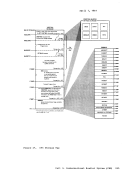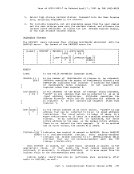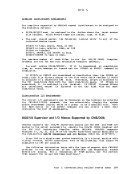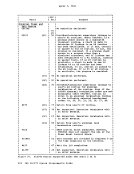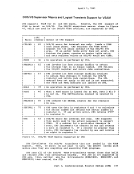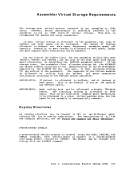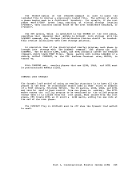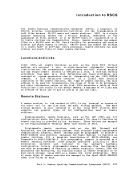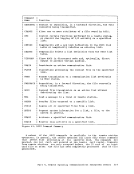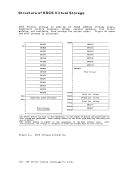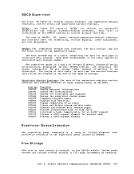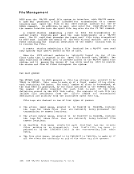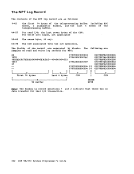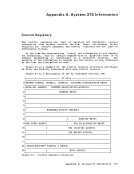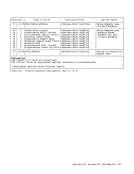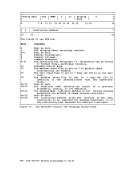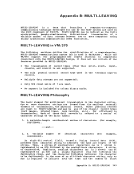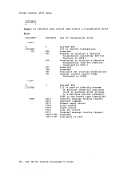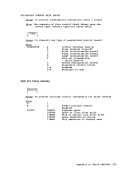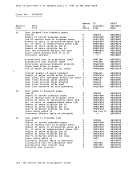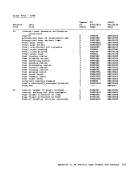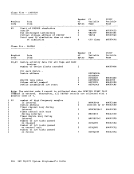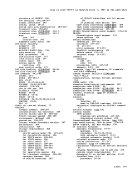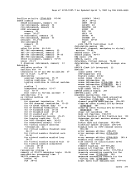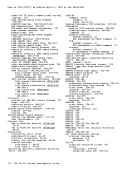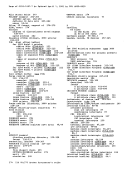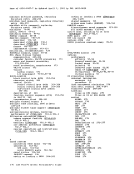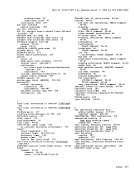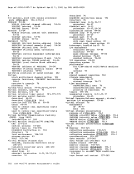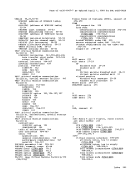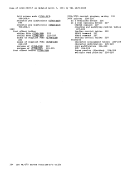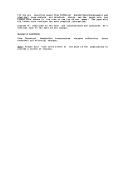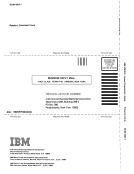and the status of the internal trace table.
default operand. Regardless of the
operand selected, each class of
enabled/disabled state is listed on the
are listed on the terminal, including whether or not automatic
monitoring has been requested, its start and stop times, the
number of monitor buffers to be used, the userid of the
virtual
record limit and class, and which monitor classes are
enabled.
file
to be
If automatic monitoring is already in
number is given together with the number of monitor buffer
records already written to it.
If the
classes and the
If ALL is specified, a combination of
are shown on the terminal.
control register 8. The function of each class
in the section "Implemented Classes."
CALL. Each
new mask for
is described
The effect of the
data collection is active or inactive when the command is
issued. If data collection is active
issued), the new mask is moved directly into control register
8, replacing the previous mask, and the new mask takes effect
immediately. Collection then continues with the classes just
entered. If data collection is not active at the time the
command is issued, the mask is saved until the
without a preceding
specifications are used. Any mask stays in effect only until
the next

























































































































































































































































































